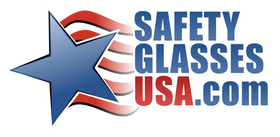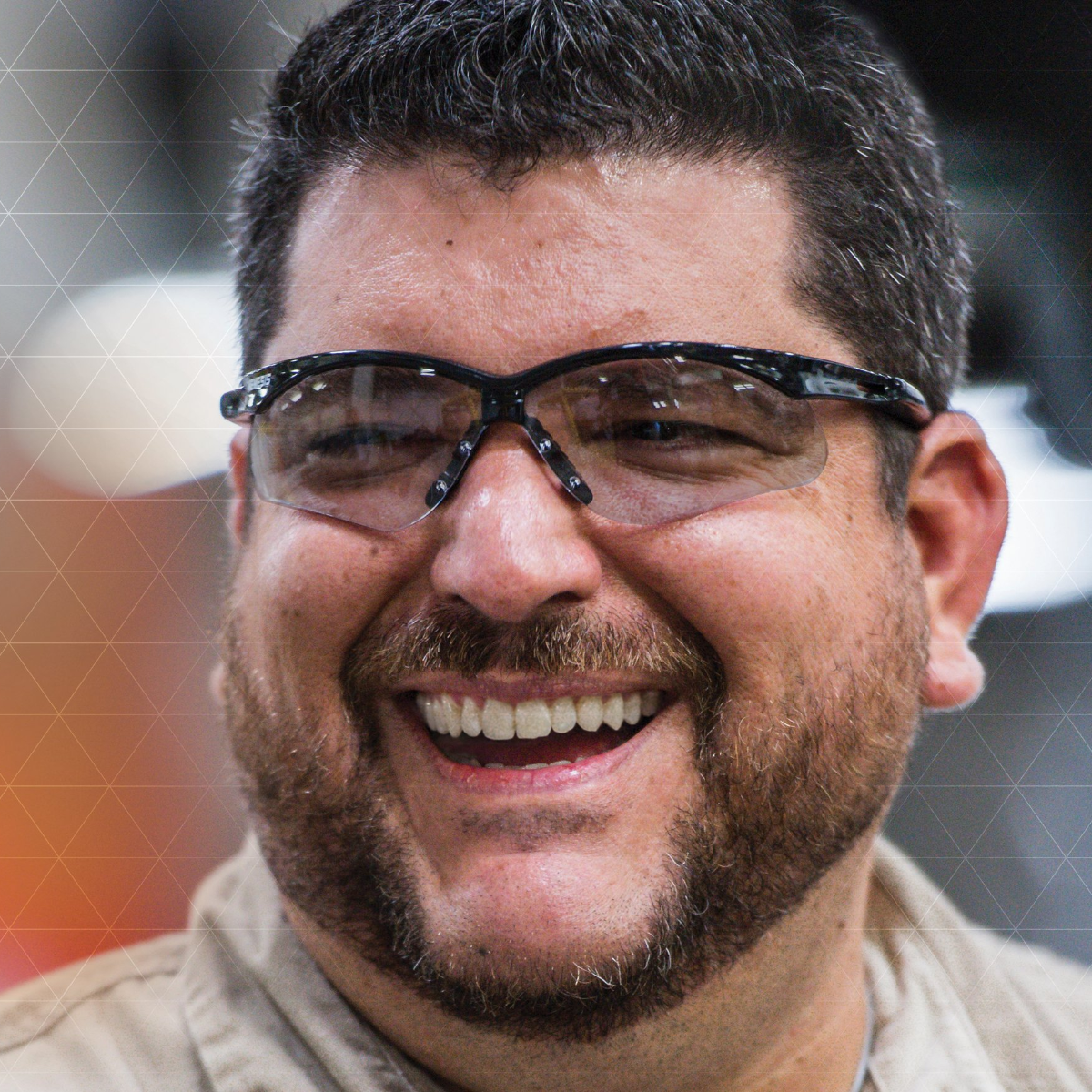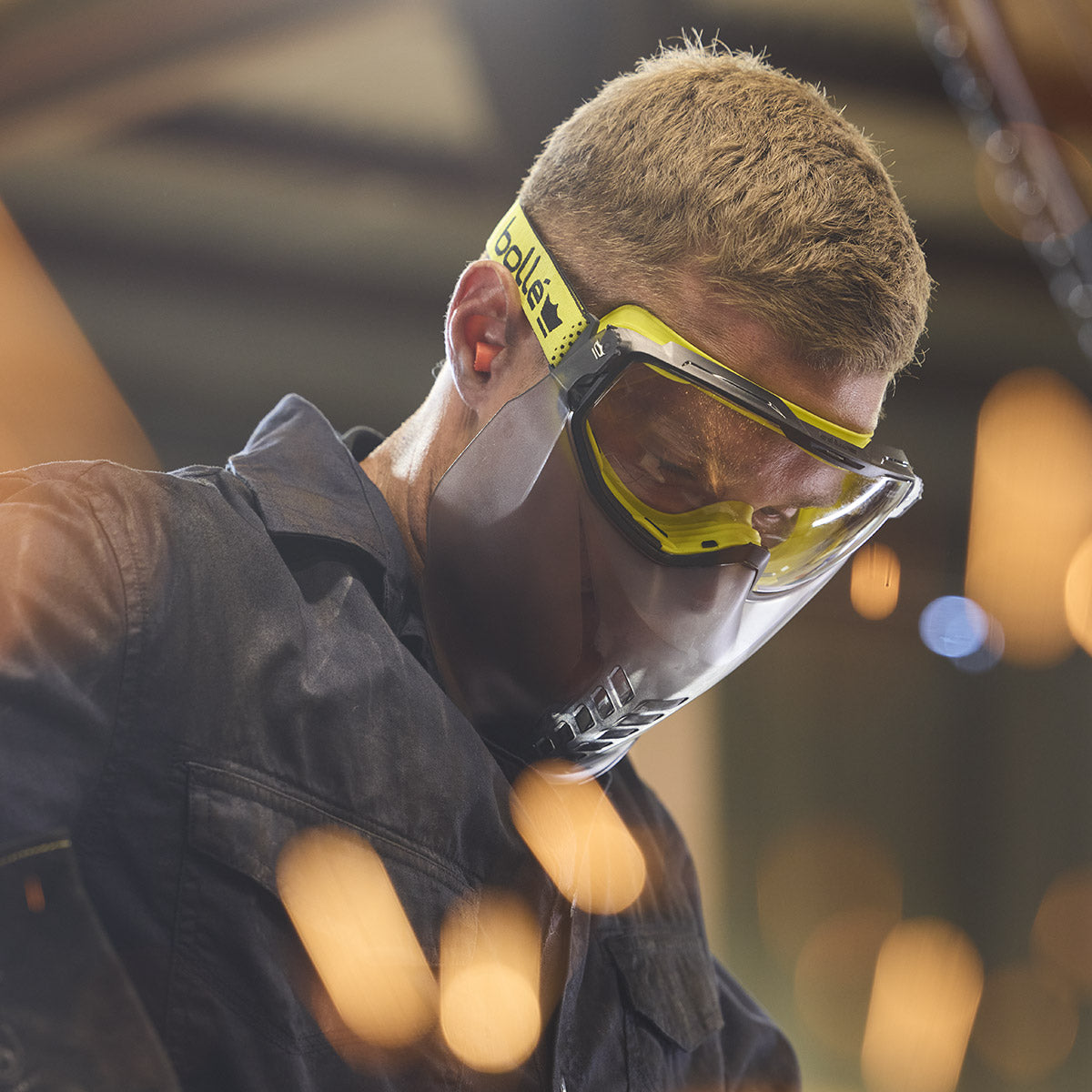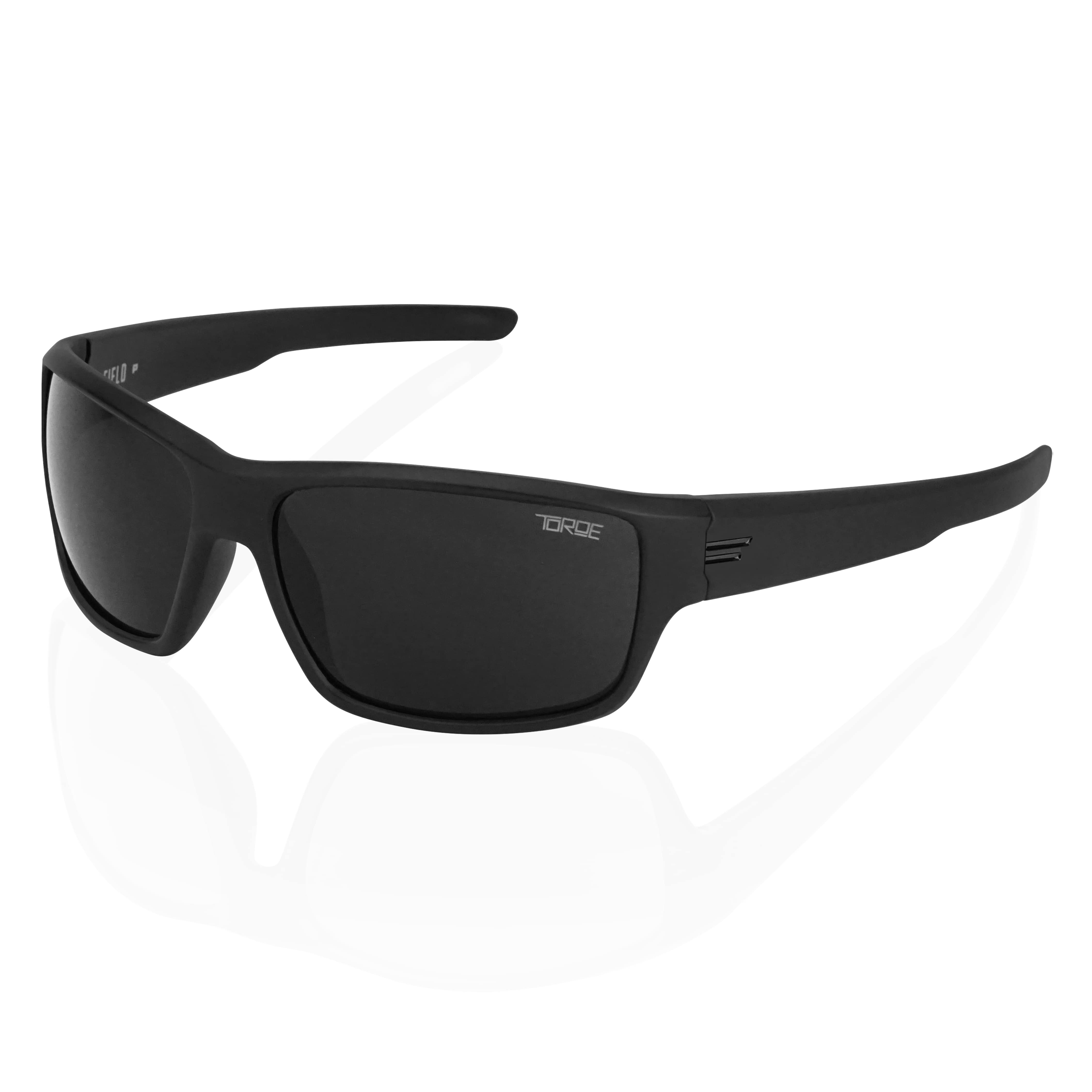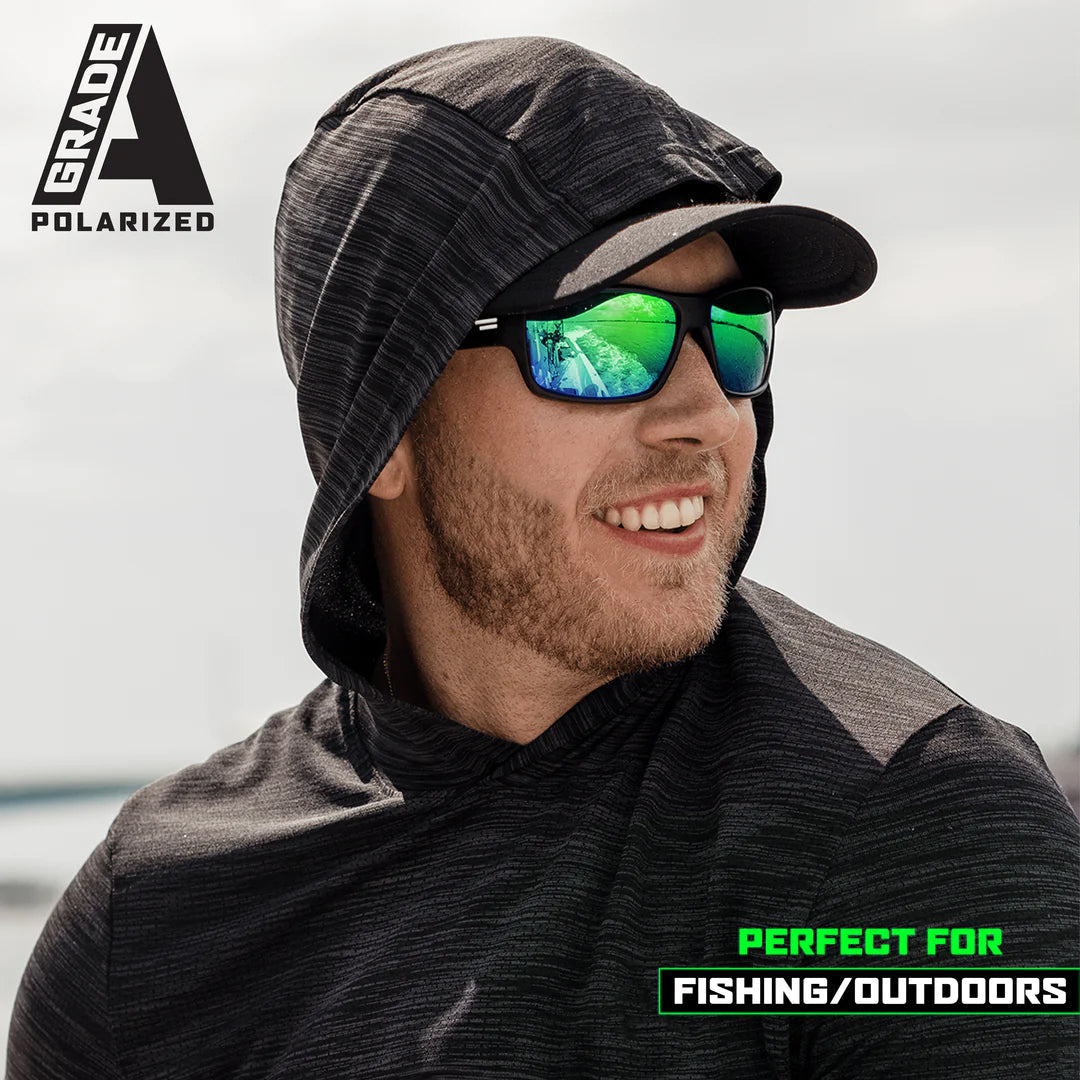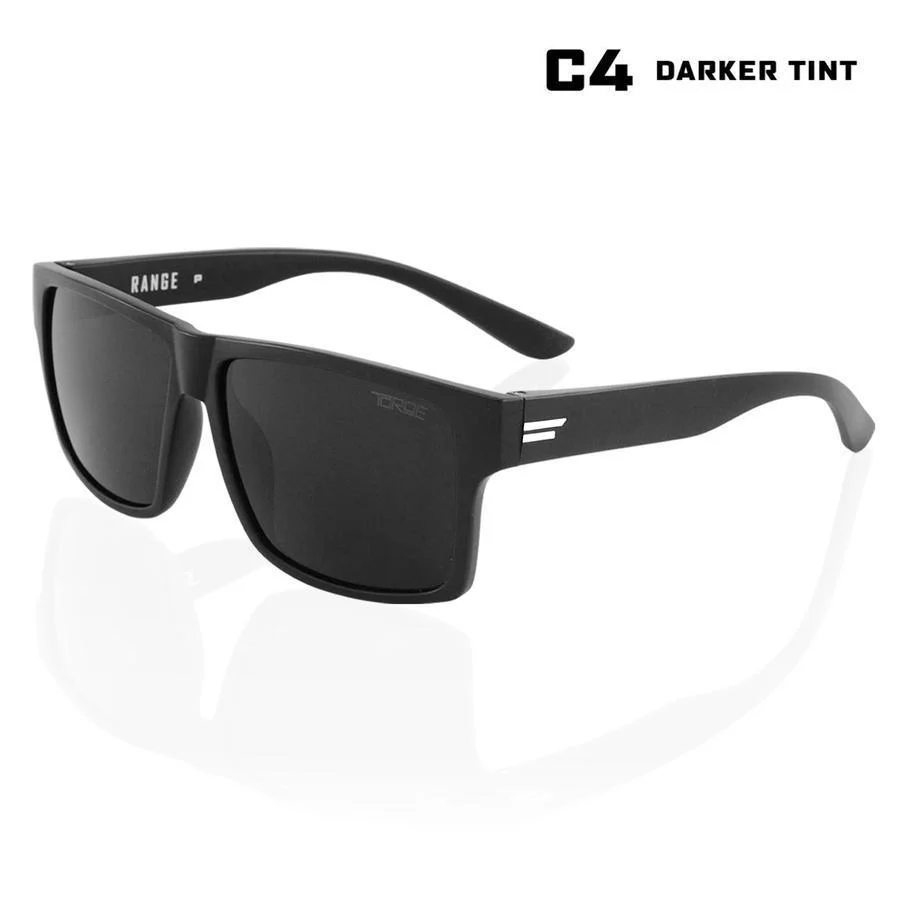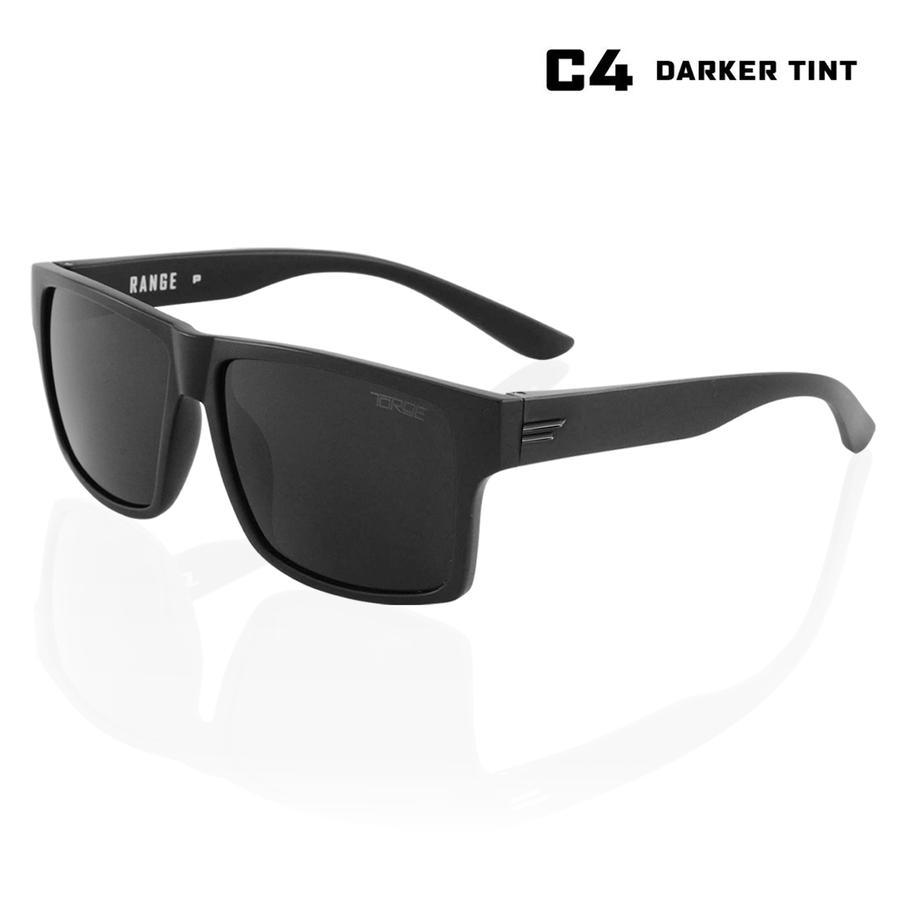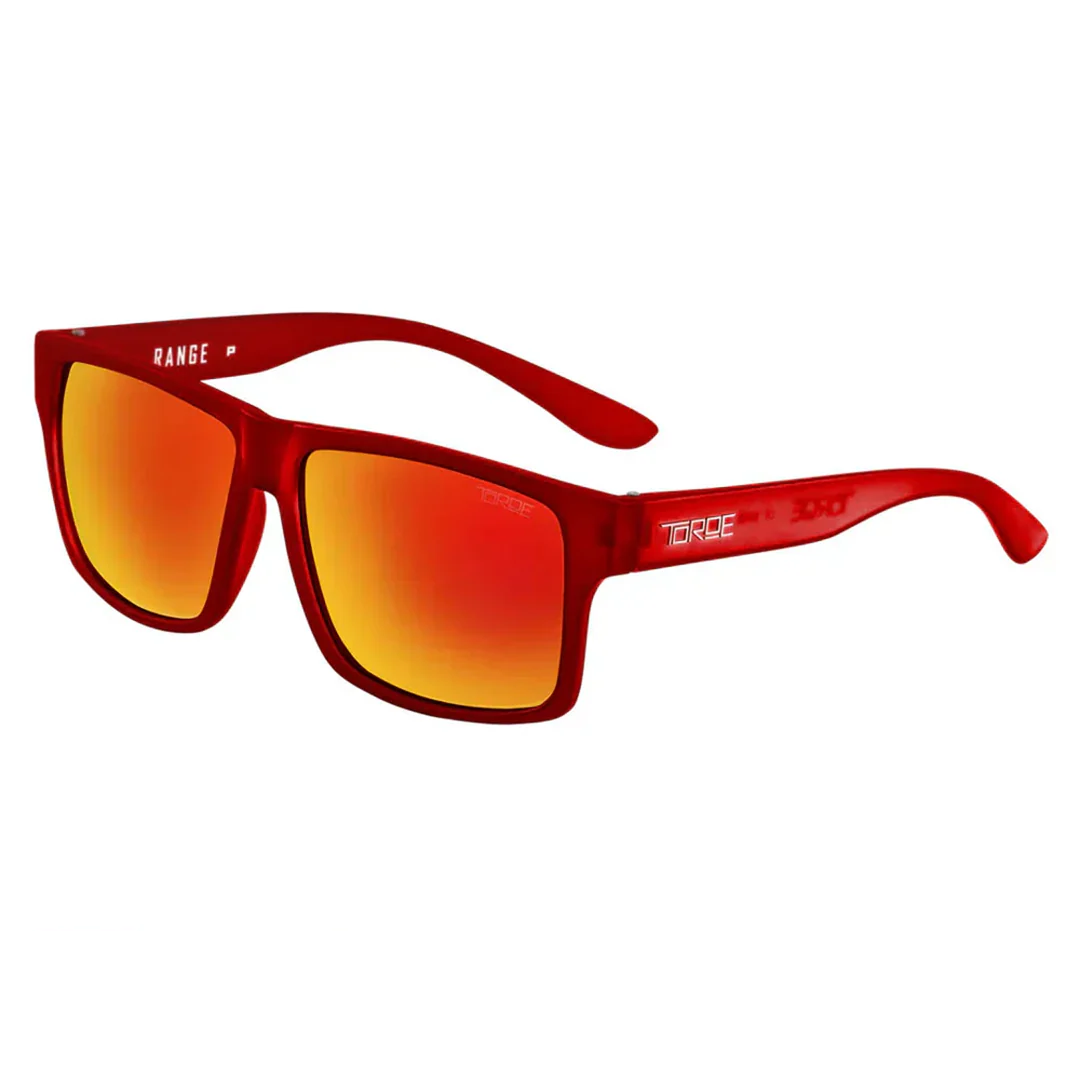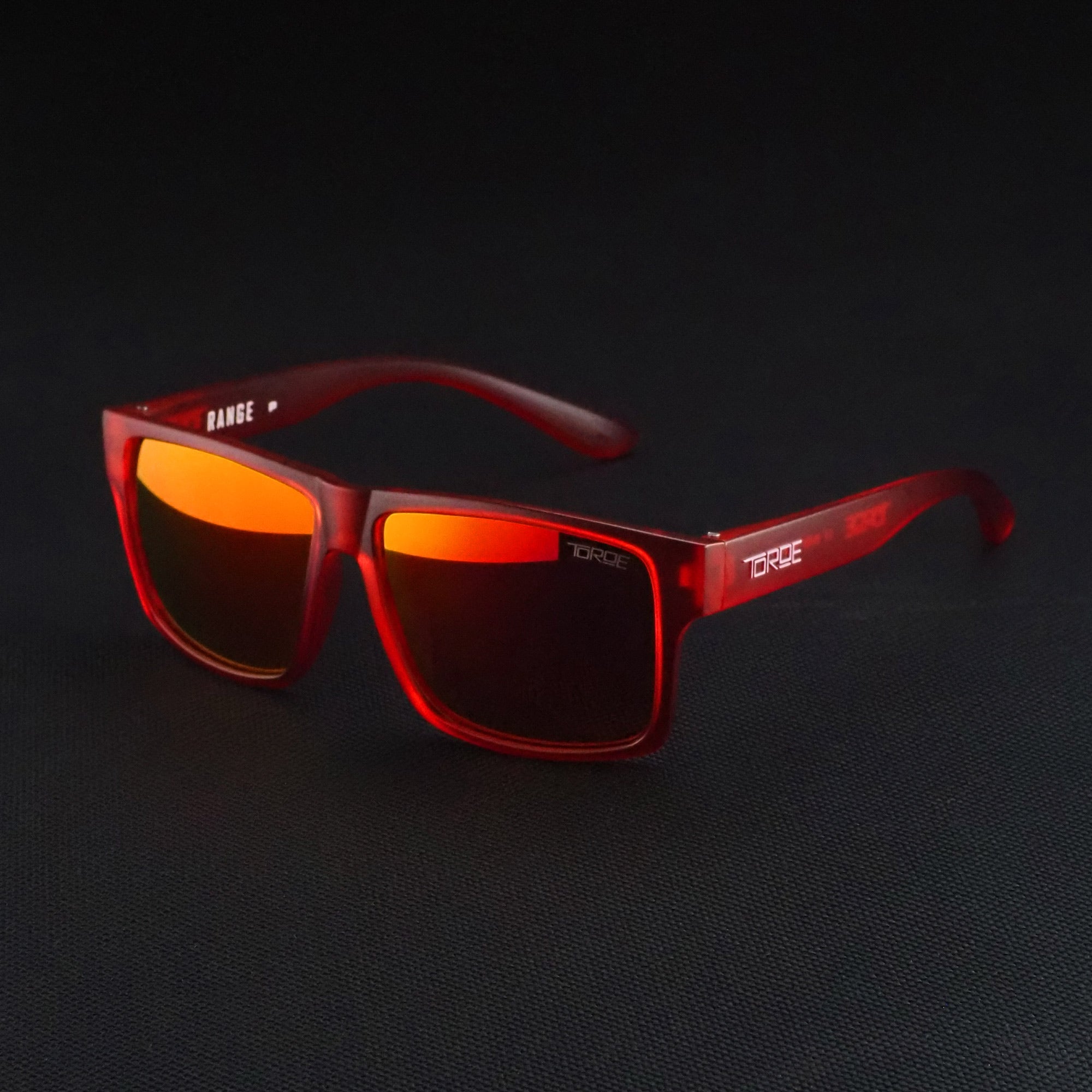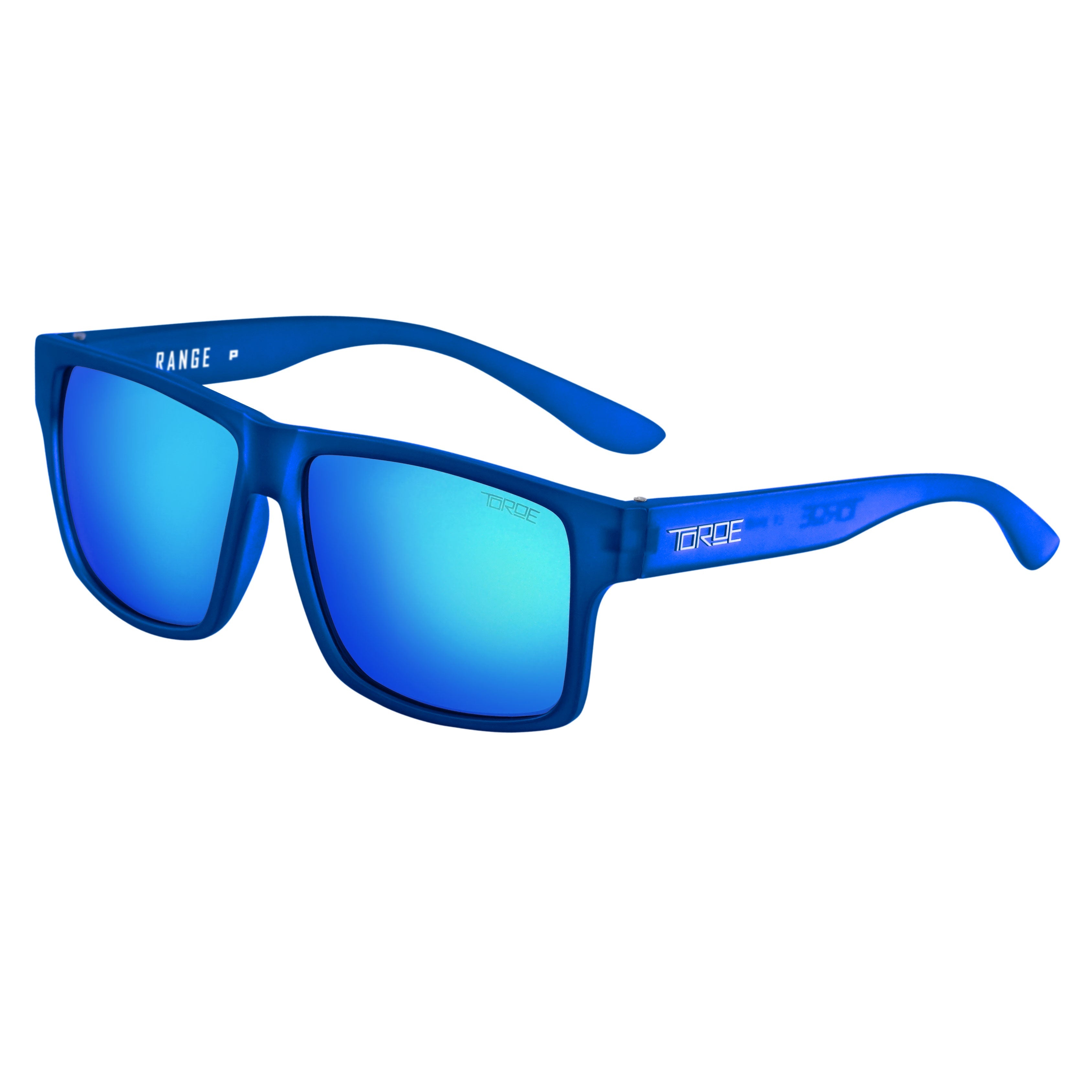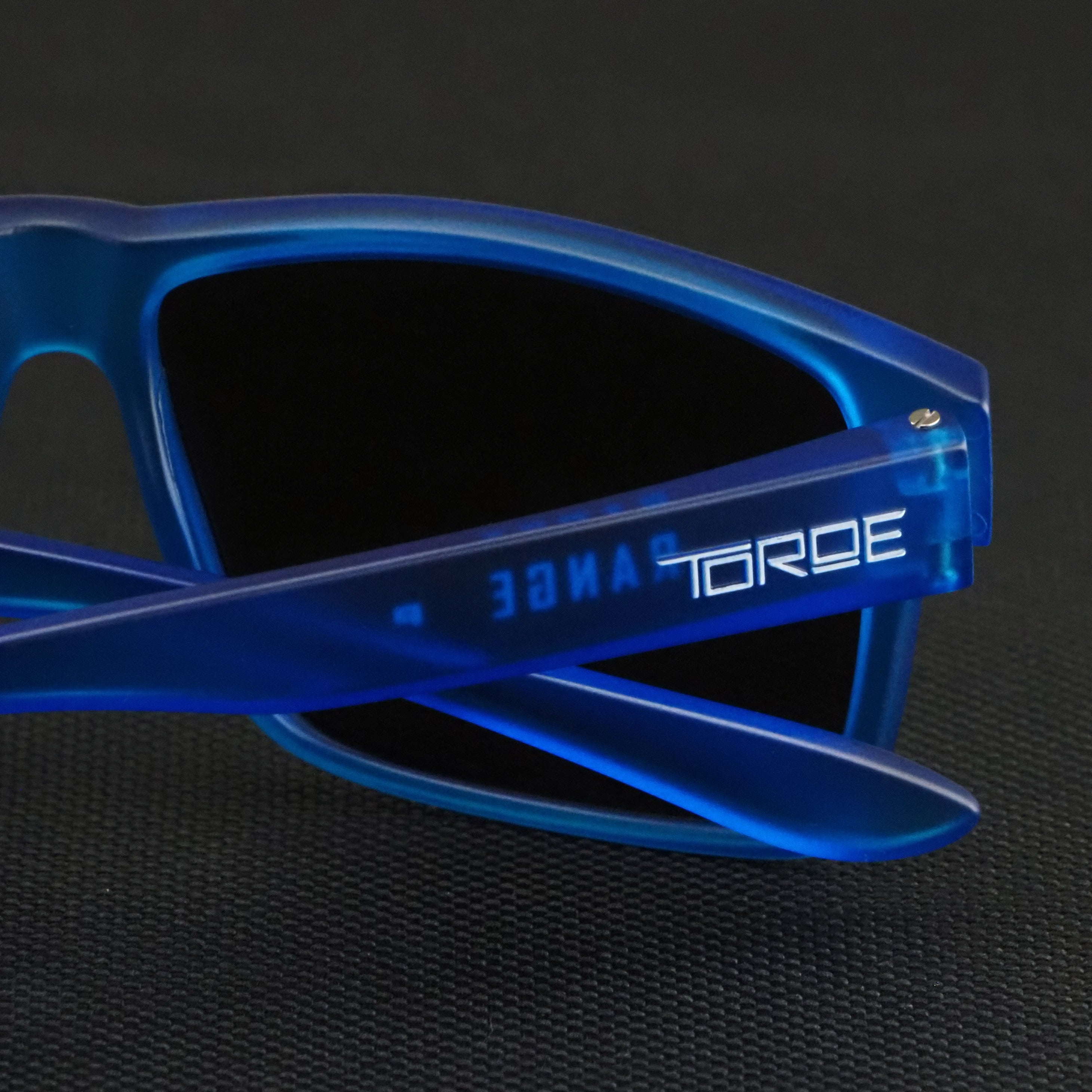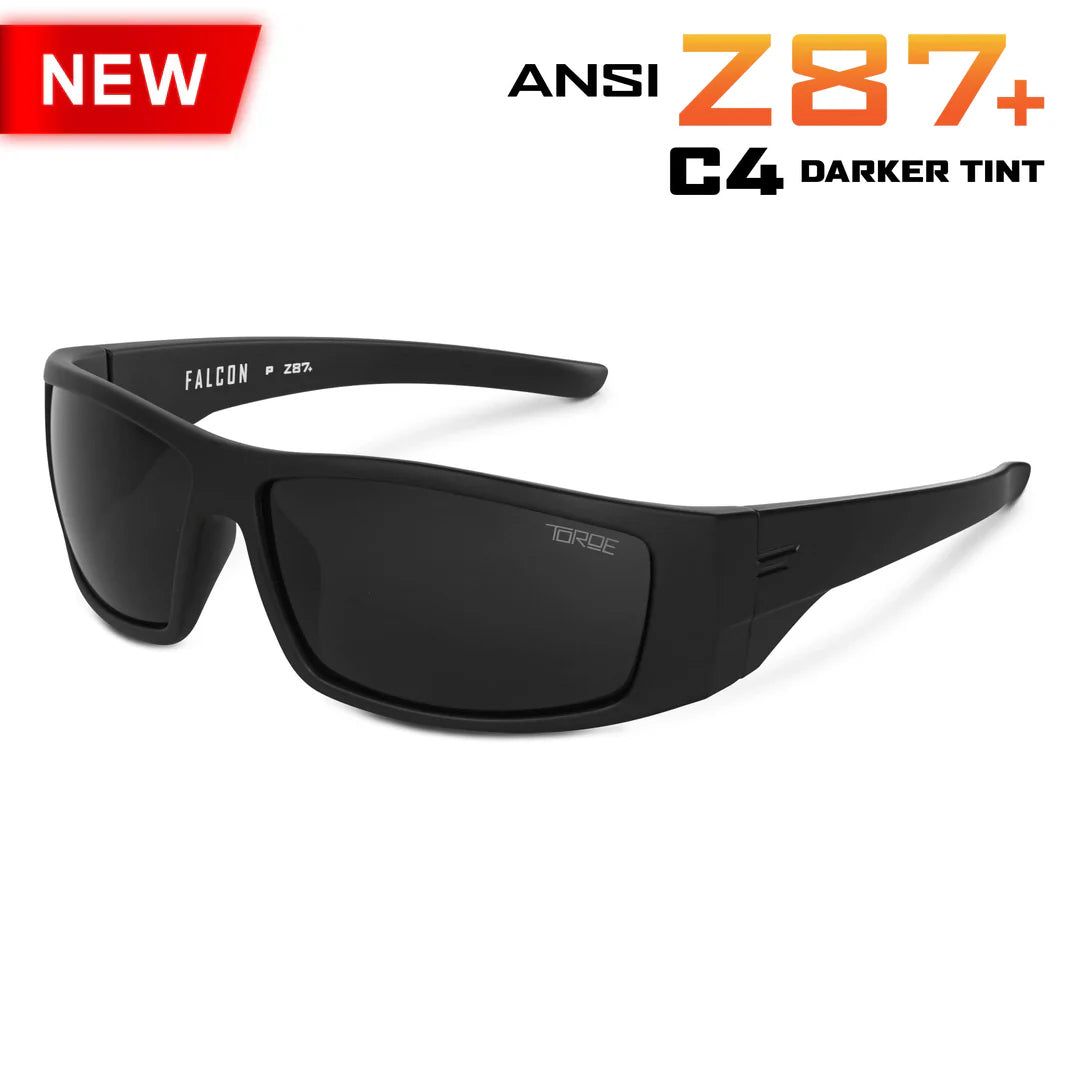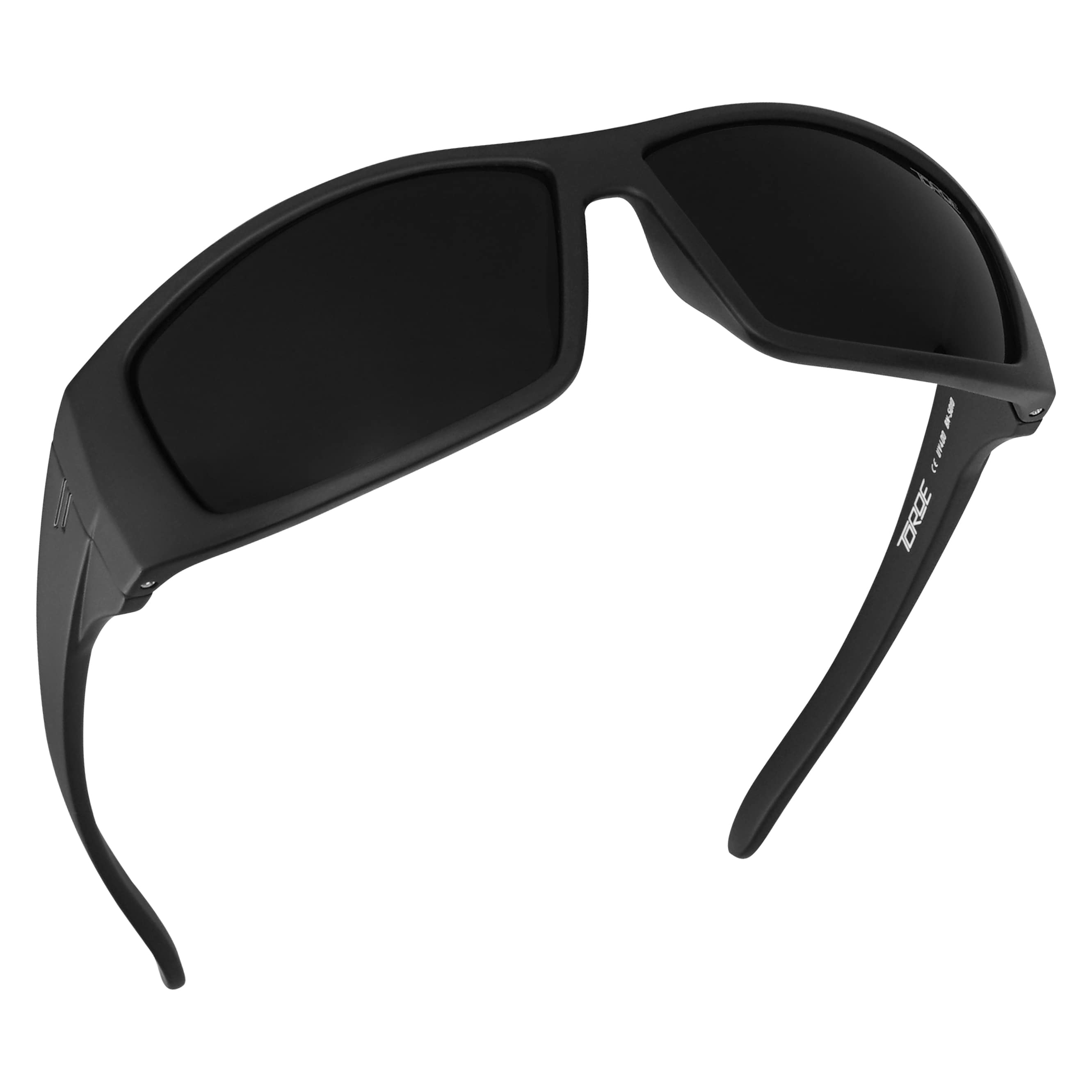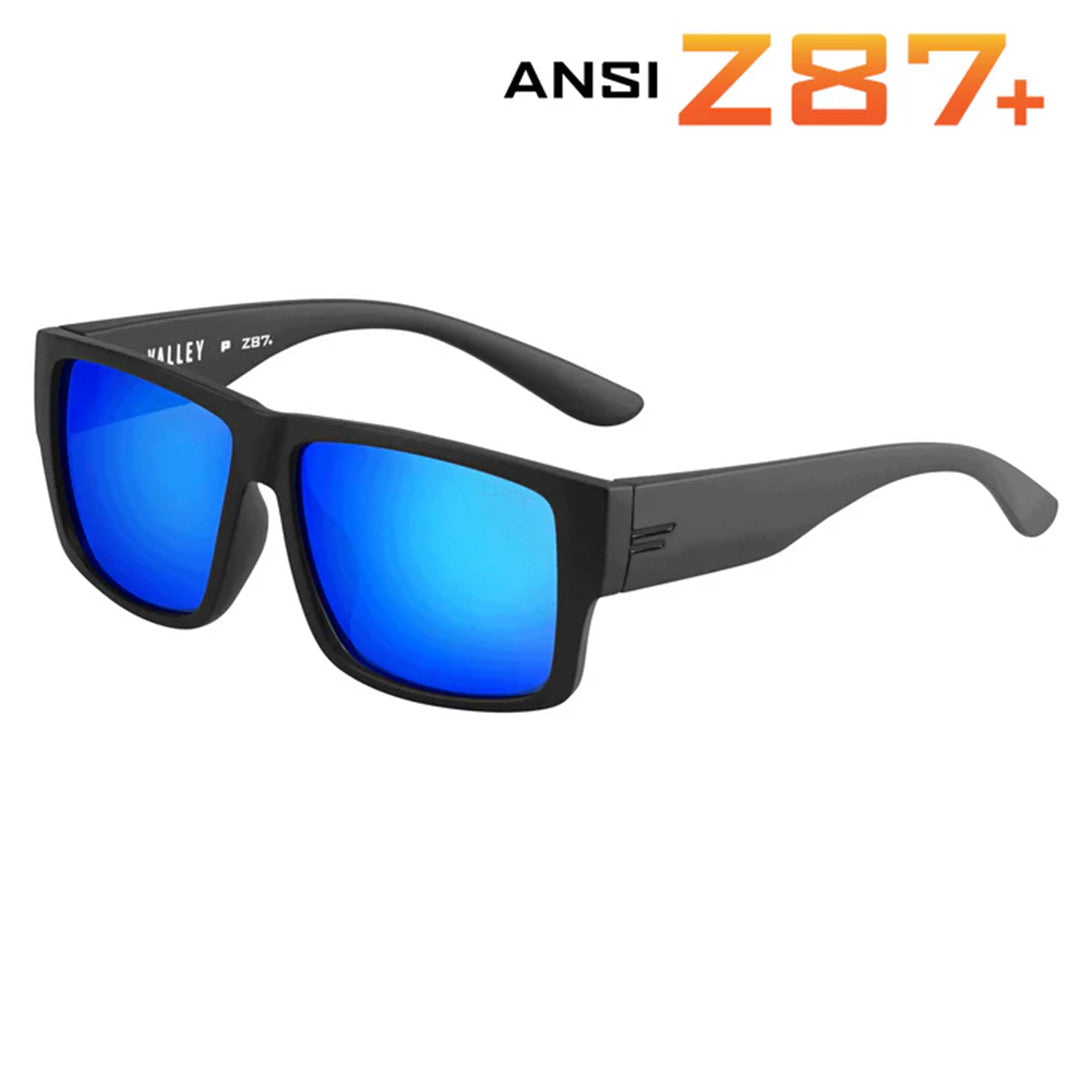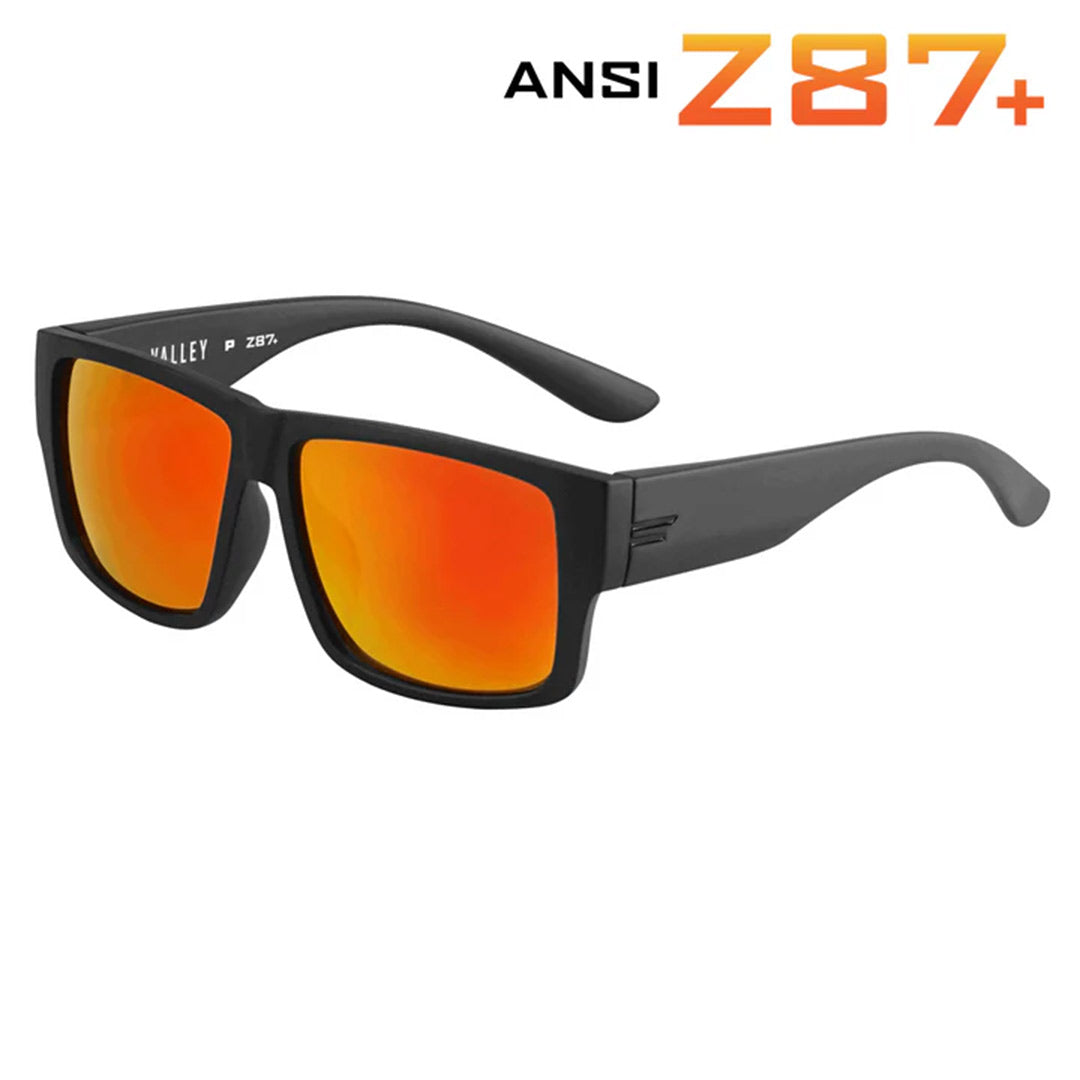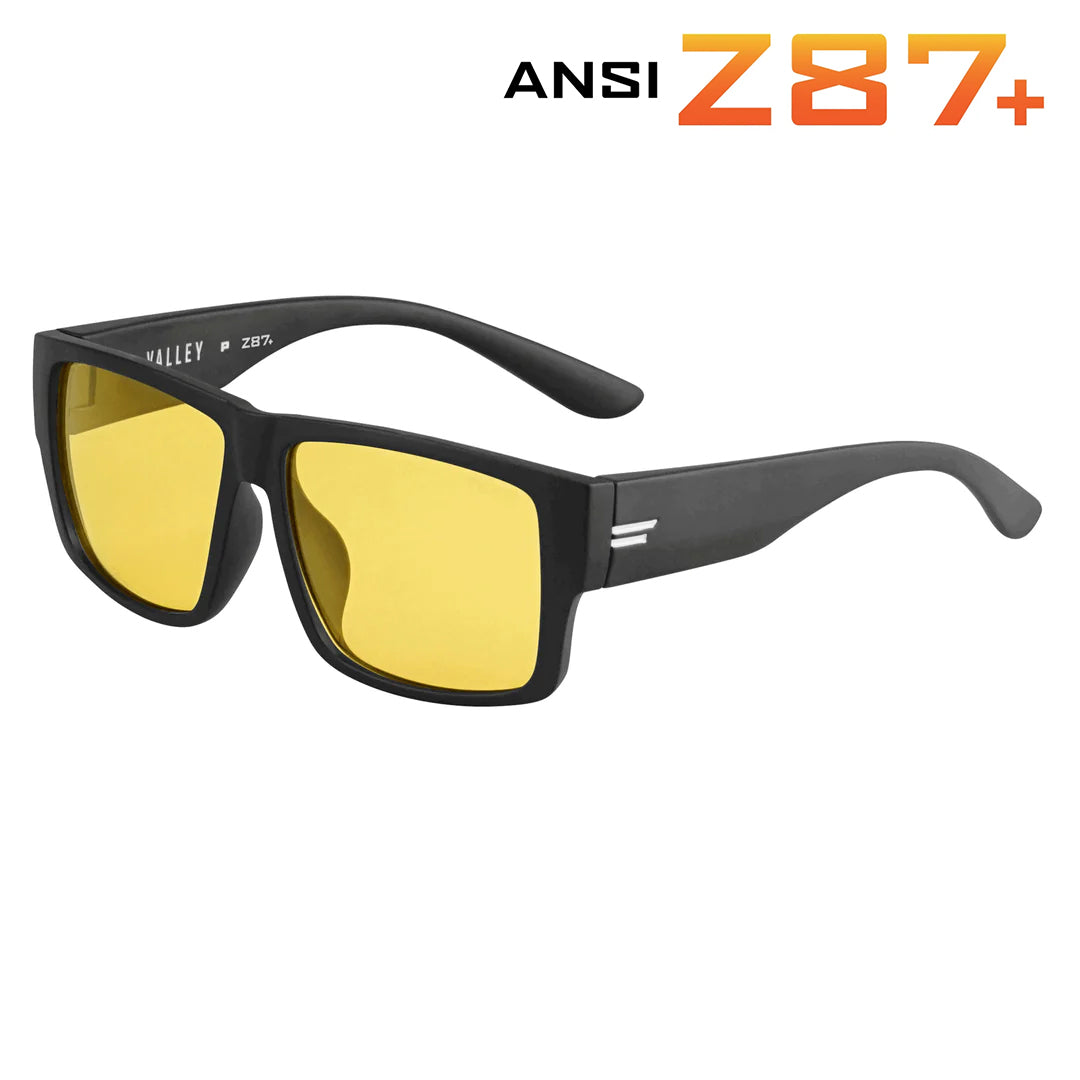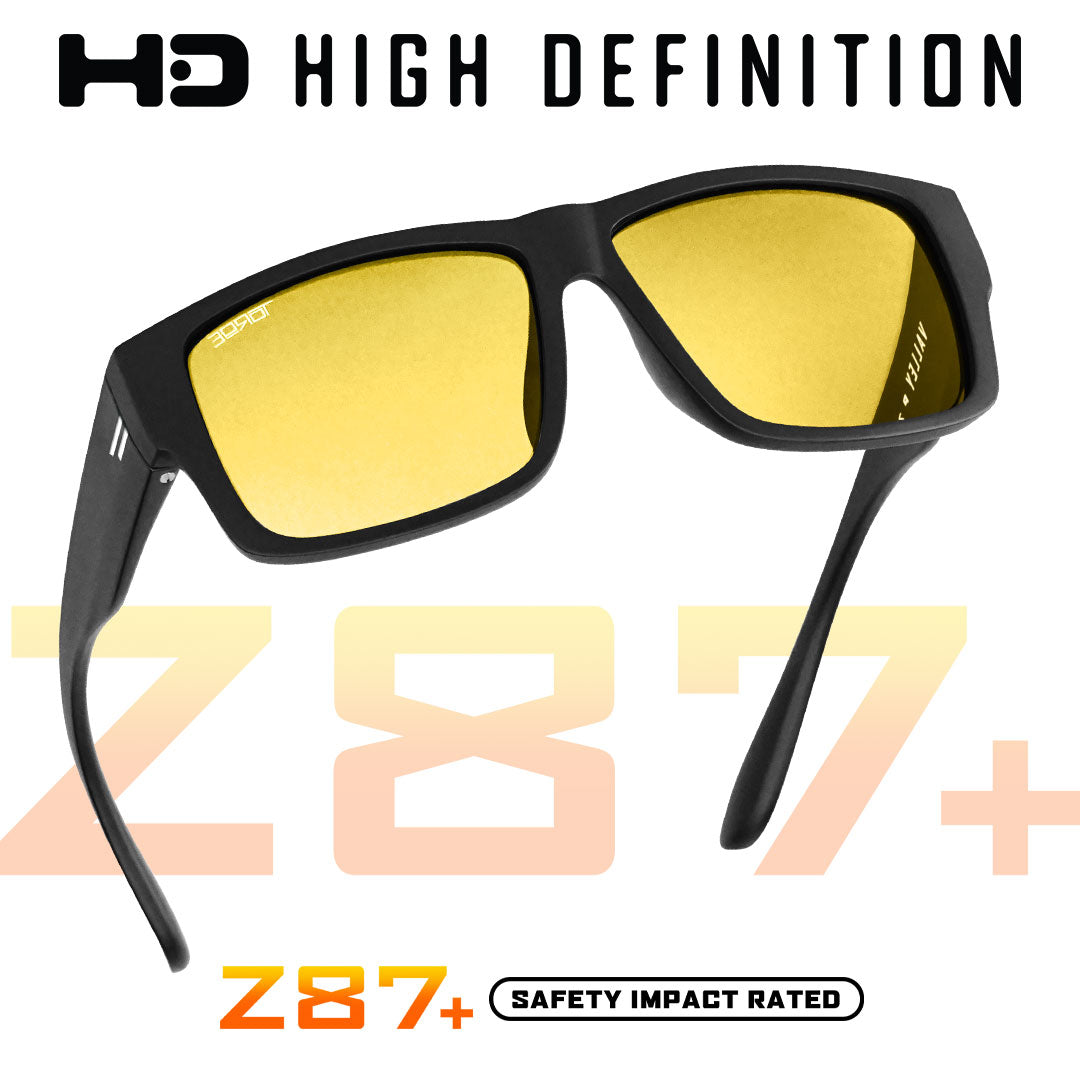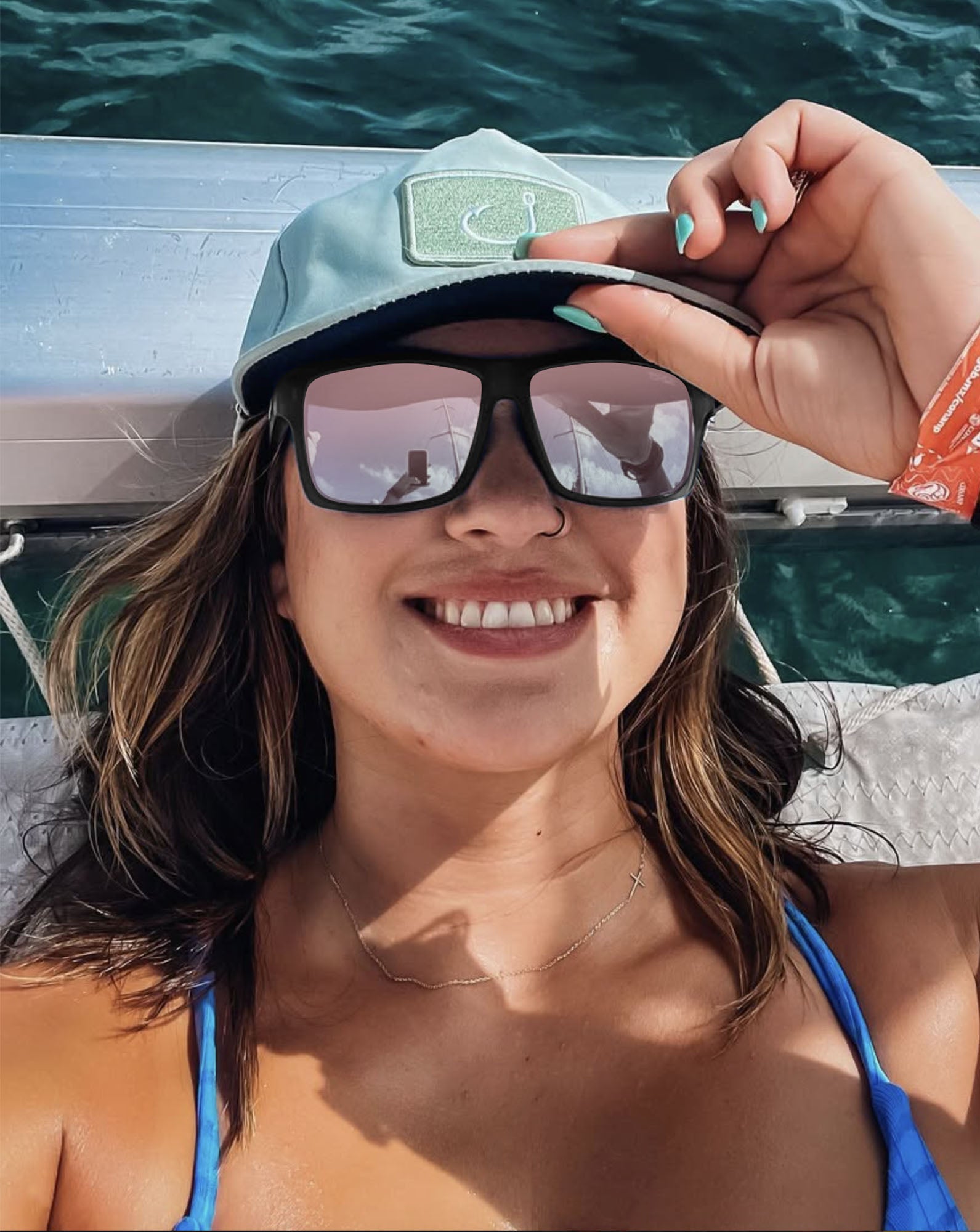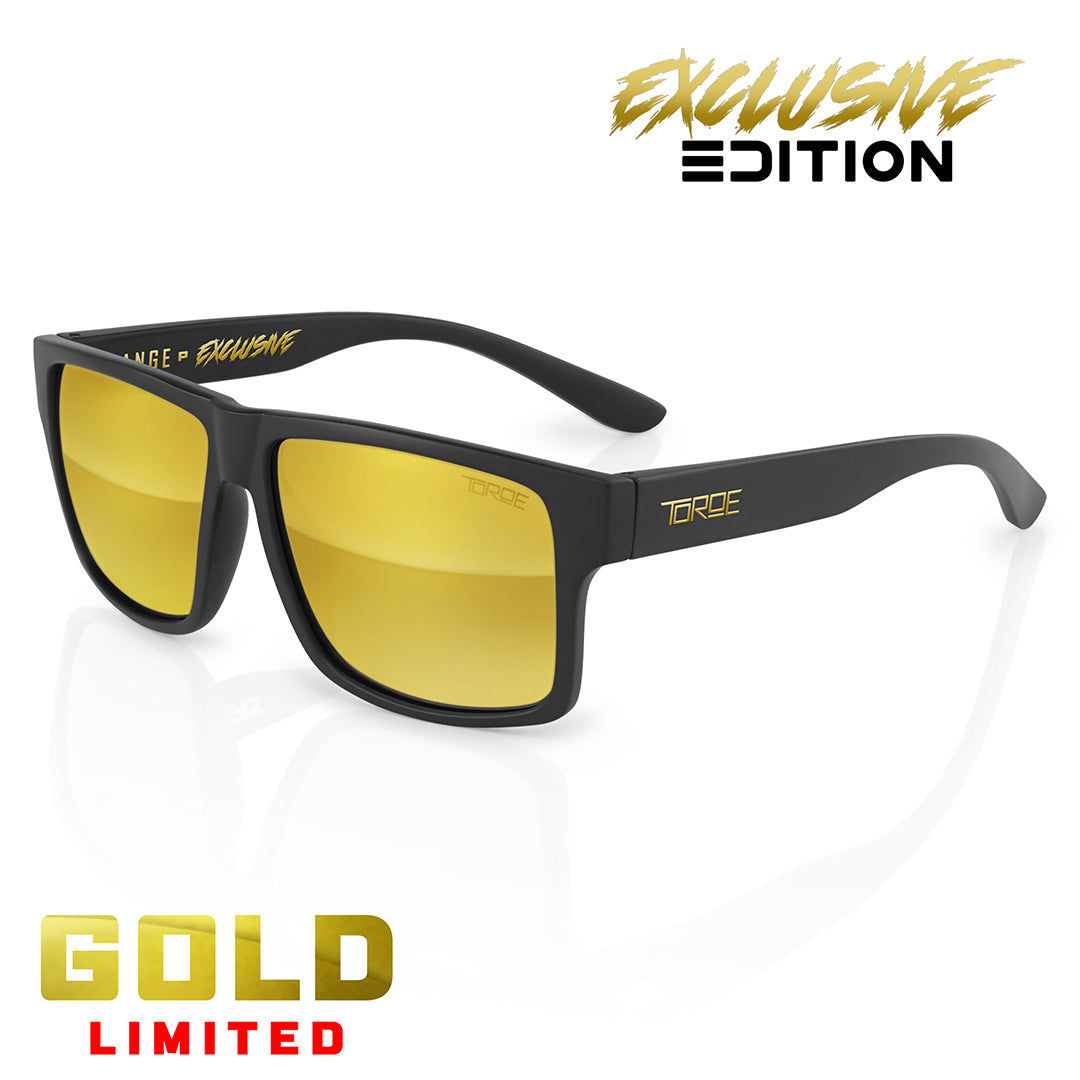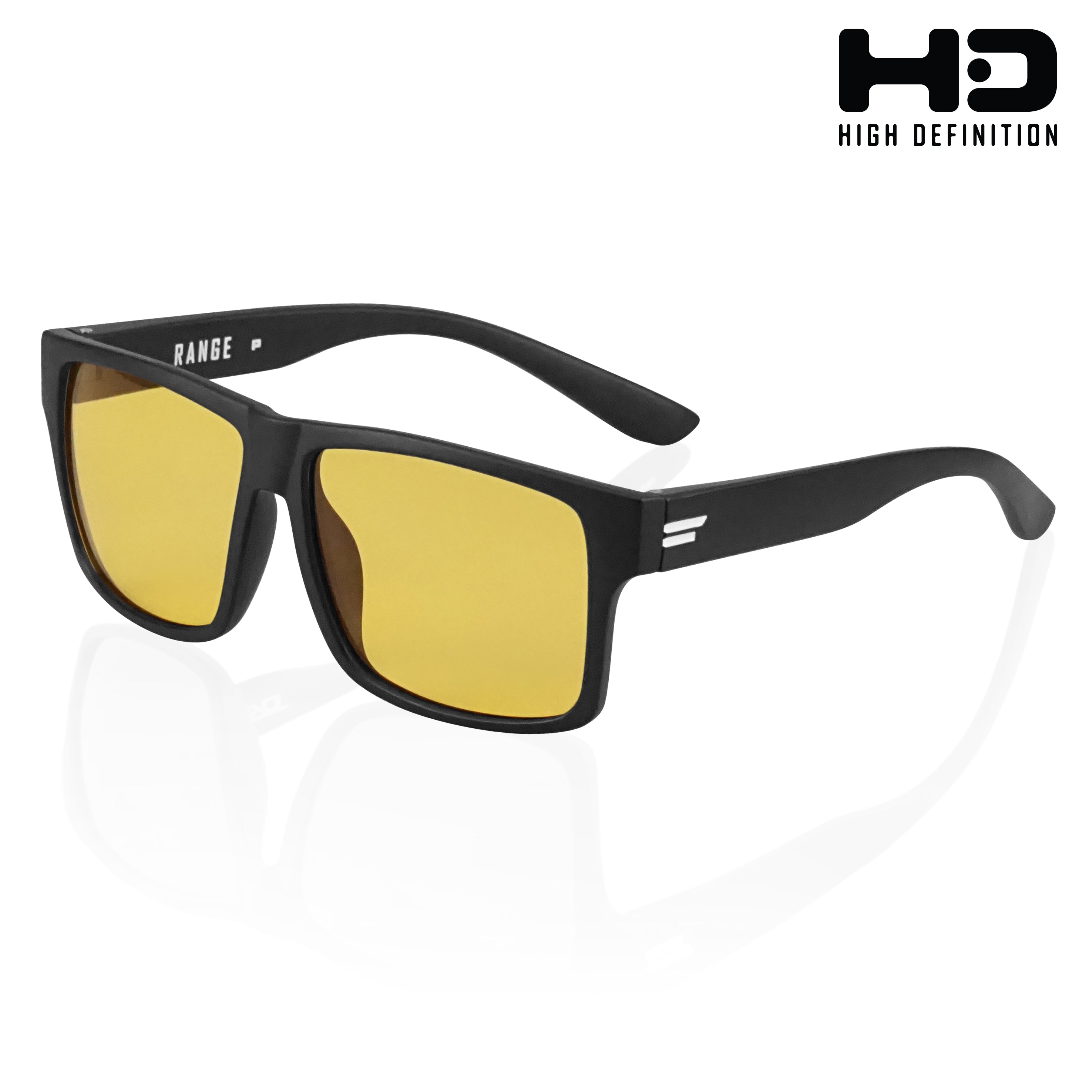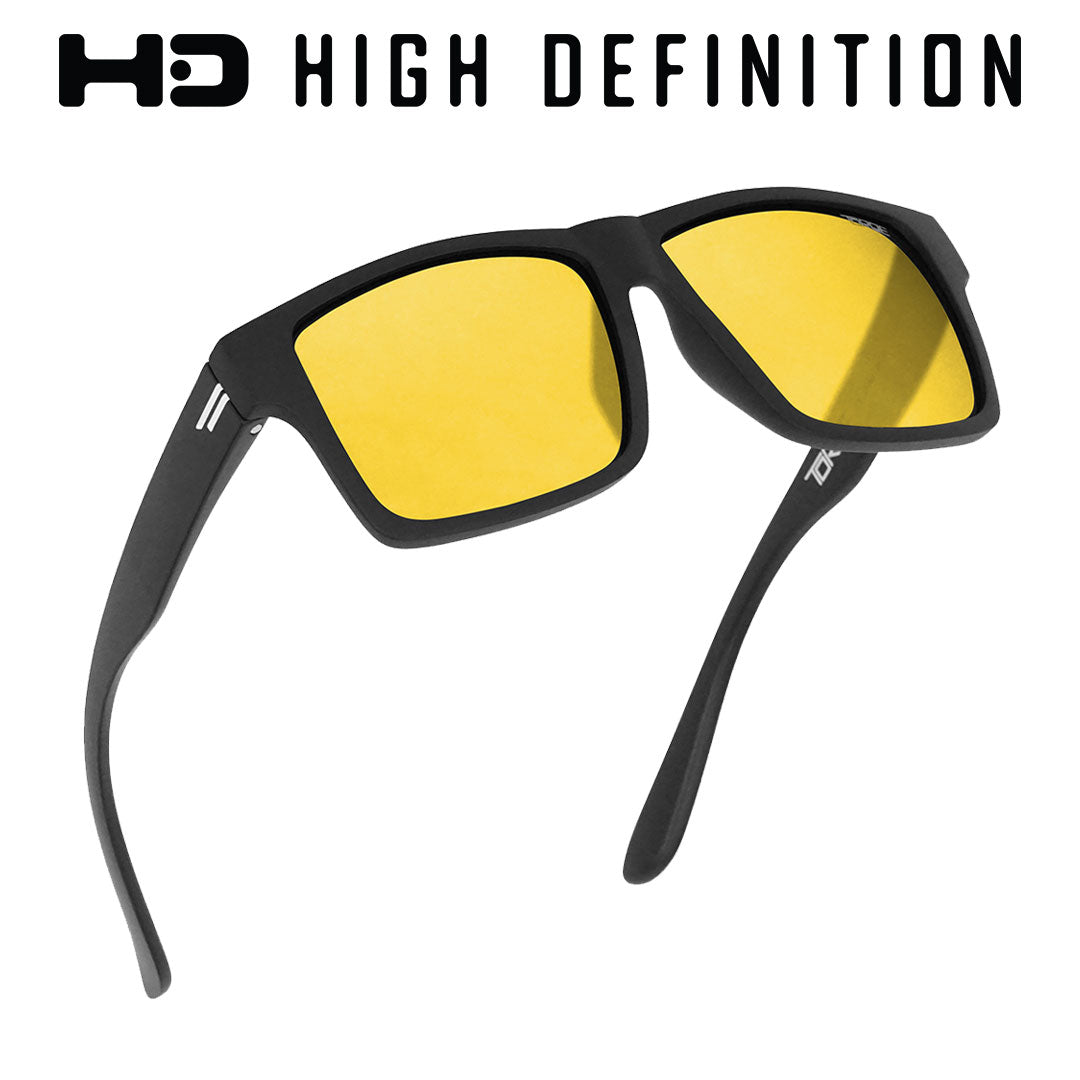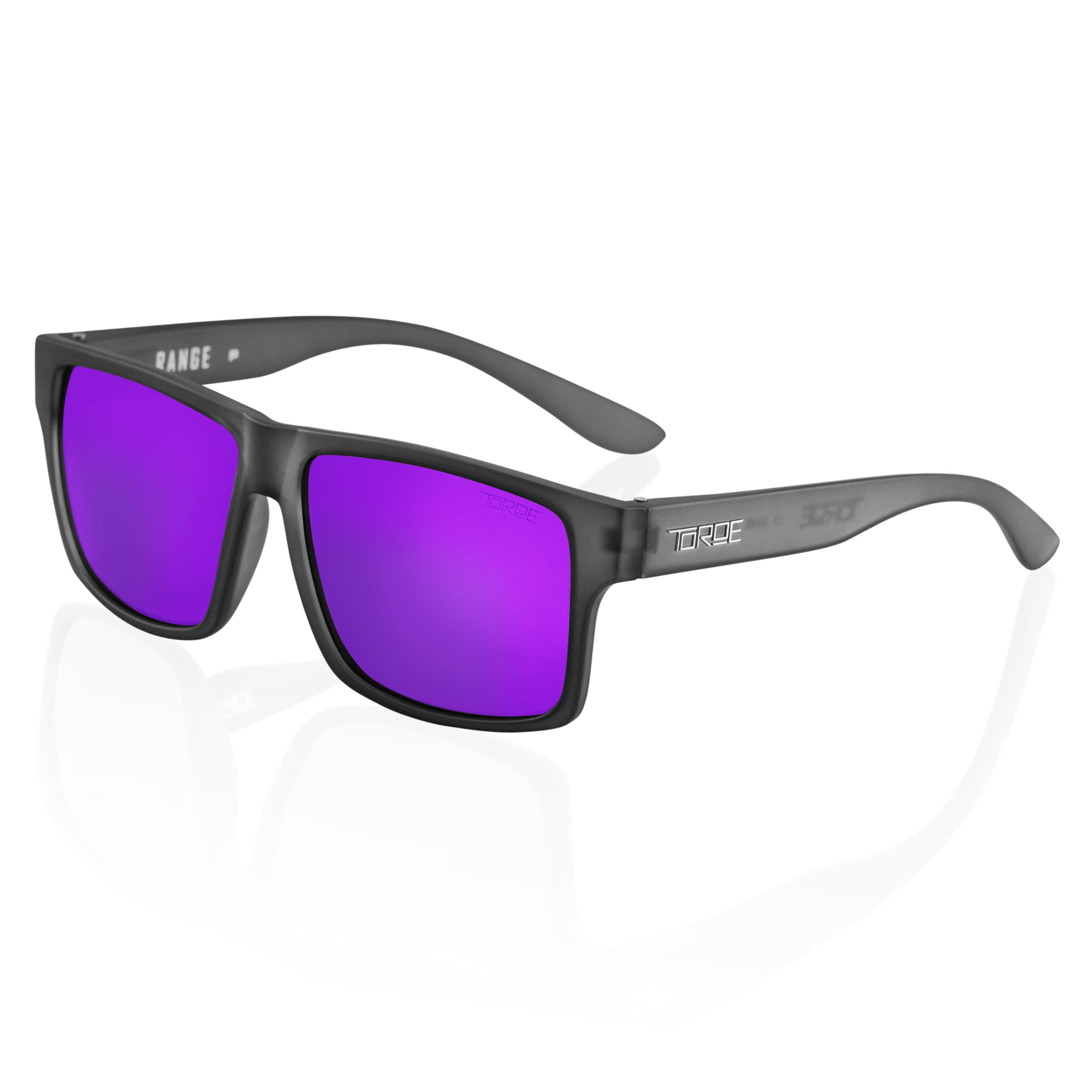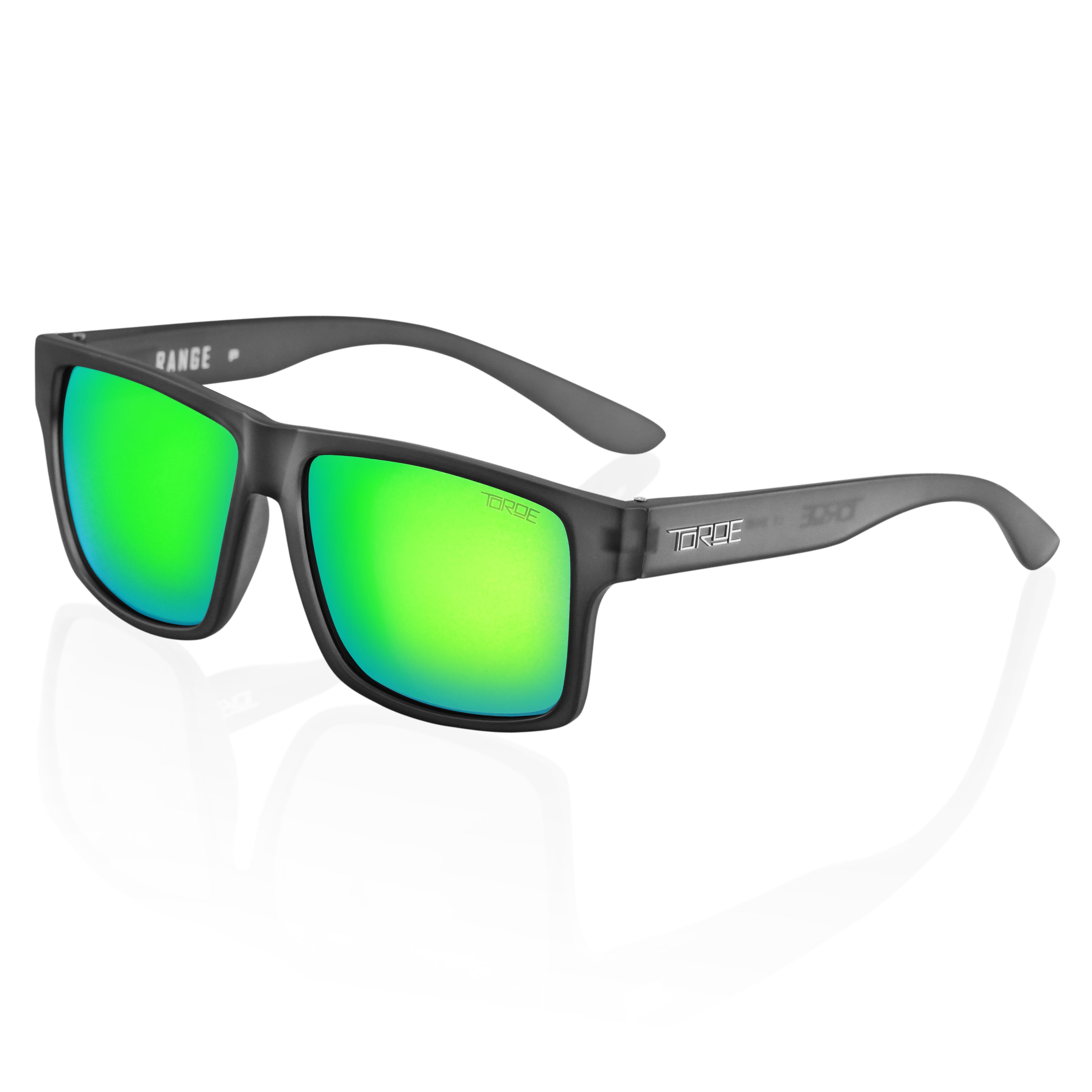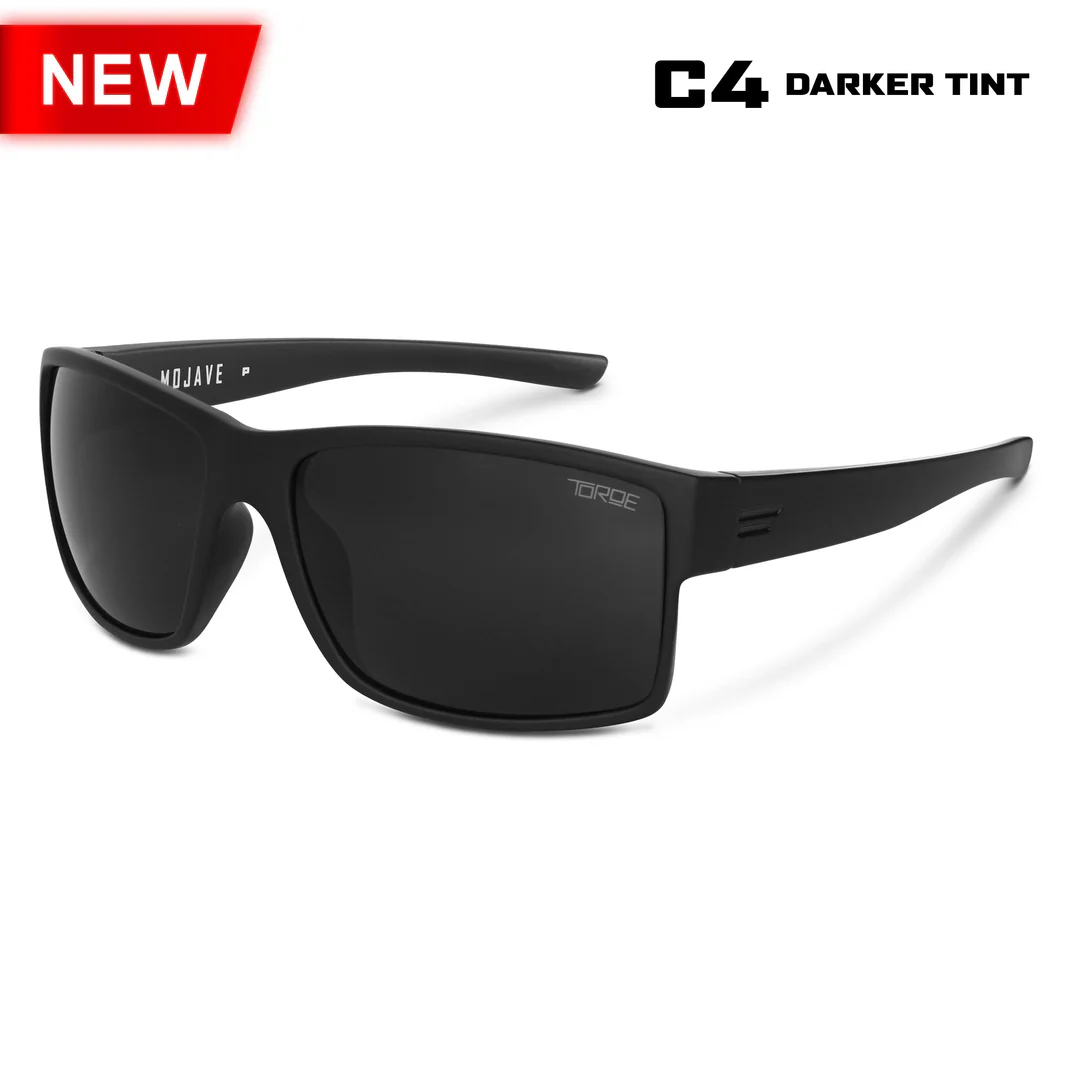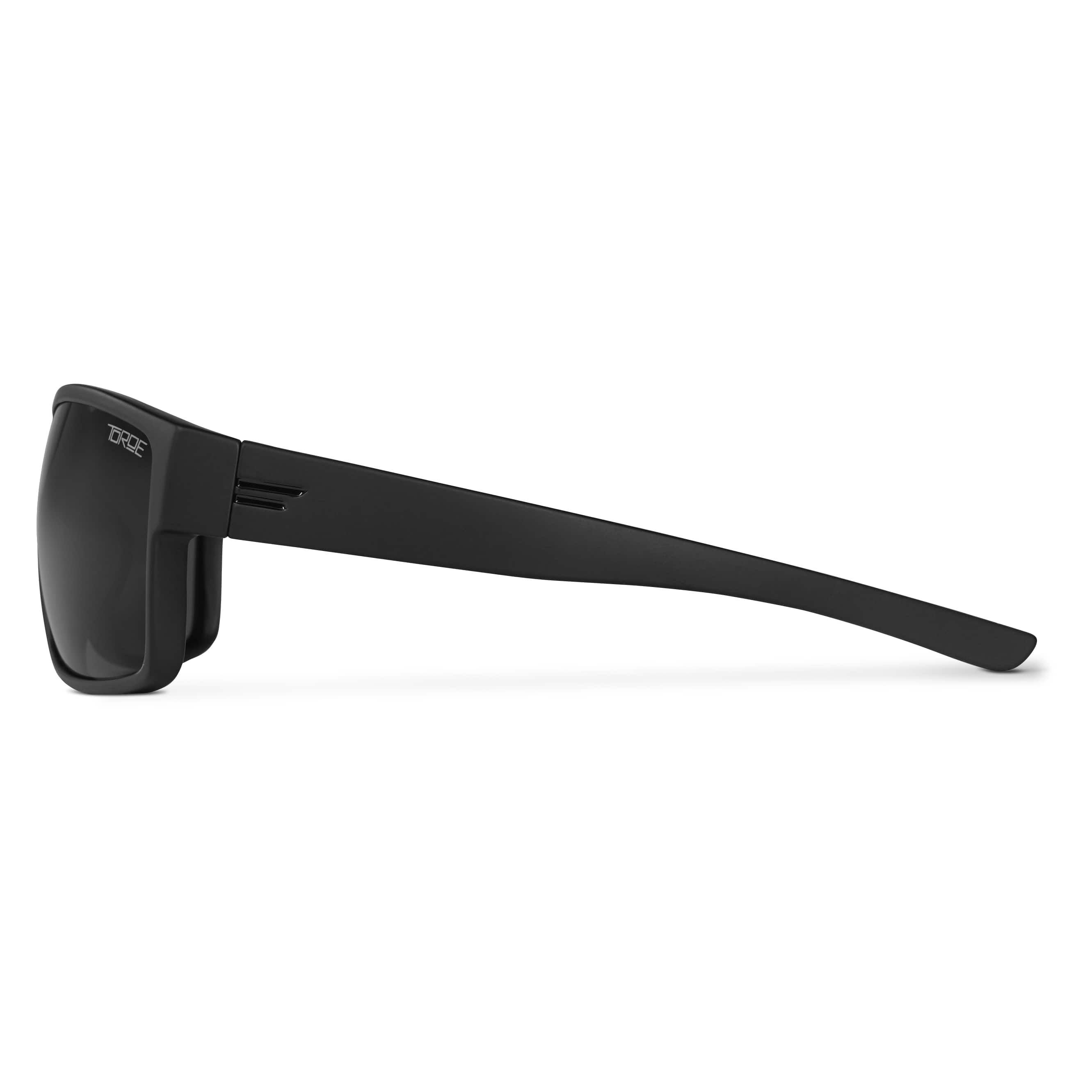Product Information
| Lens Material Information |
|
Polycarbonate Plutonite Plastic CR-39 High Index NXT/Trivex Glass |
| Lens Cleaning Methods |
|
Proper Cleaning Methods Many safety glasses and almost all sunglasses that SafetyGlassesUSA.com carries come with a microfiber carrying pouch or cleaning cloth. This is a universally used material in the eyewear industry, as it has proven to be very effective in cleaning polycarbonate lenses without scratching them. Your eyewear will also last significantly longer if stored in this pouch when not being worn. Note: It is always a good idea to blow loose and excess debris from both sides of your lenses prior to wiping with any cloth. This will not only reduce the risk of scratching your lens, but also will help to keep your cloth cleaner. With cloth in hand, carefully wipe dust or debris from your lenses. Moderate pressure is acceptable with a clean cloth and usually sufficient for stubborn spots or smudges. If you don't have immediate access to the ideal and preferred microfiber cleaning cloth, carrying pouch, or our individually wrapped lens cleaning towelettes, you may still clean your lenses in two ways. Run water over the dirtied lens(es), both front and back, to wash away debris. Gently dry with a clean, non-abrasive cloth, with slow wipes in a single direction. If water is not available, forcefully blow away excess debris from your lenses. Then use a clean, non-abrasive cloth to gently wipe away remaining debris. This method should rarely be used, and only be done on the outer side of the lenses, as these are more commonly manufactured with a scratch-resistant coating. Cleaning Materials vs. Polycarbonate Solvents & Cleaners Usable with Polycarbonate: - #1 & #3 denatured alcohol Solvents & Cleaners NOT TO BE USED with Polycarbonate: - Acetone |
| Photochromic Lens Information |
|
Wiley X uses the term Light Adjusting, while Oakley refers to the brand they share the technology with, Transitions. In the absence of ultraviolet light, non-tinted versions of these lenses in their natural state have only slight light reducing properties. With exposure to UV light, the lenses automatically darken for added protection against bright light.
How do they work? THEN: When photochromic lenses first came into existence in the 60’s, only glass lenses were used. The embedding of molecules (usually Silver Chloride) was the most common means of achieving the desired effect. Exposed to UV rays, these molecules would undergo a chemical reaction, change shape, absorb some of the passing light and cause a darkening result. NOW: Since polycarbonate and other “plastic” lenses have become the dominant material in the sunglass world, a slightly different process has taken over the darkening job. The size and shape of the carbon-based molecules (organic) now used are temporarily changed with UV exposure. These photochromic molecules can also be affected by significant variations in temperature, which can be both good and bad*. Light-Dark Range: If we see 100% of the visible light when not viewing through glasses, we may only see 80% of that same light when looking through a typical yellow lens. Through average Gray lenses, we may only see 12% of the same light. It may seem lighter than 12% because our pupils have dilated behind the dark lens to allow more light in. Of the photochromic styles found on SafetyGlassesUSA.com, the range of VLT for lenses in their light or natural state is 33 to 87 percent. That is, some lenses are nearly clear in their lightened state, while others only get as light as 33% VLT. The VLT range for lenses in their fully darkened state is 9 to 25 percent. Any Photochromic Problems? *A) As stated earlier, the organic molecules used in today’s lenses are also sensitive to temperature. But they’re affected in a way that’s probably opposite from what most people would guess – or want. Photochromic lenses will tend to become lighter when warmer and darker when colder. Thus, if you’re in Arizona in August and are desperately in need of dark sunglasses, you’ll need to consider that the 110 temperature that tends to lighten the lens will conflict with the intense UV rays that want to darken the lens. On the other hand, you might find that your glasses are much more effective than you expected on your Alaskan vacation. B) The effectiveness of photochromic lenses can be reduced or eliminated when used in some vehicles. To view or purchase our Photochromic Eyewear please visit our Photochromic Eyewear section. |
| Bifocal Lens Information |
|
Bifocal Safety Glasses feature safety lenses with magnifiers molded directly into the lenses. SafetyGlassesUSA.com sells a wide variety of such eyewear. A few, like the ONO's brand, are intended for casual use only, and are not certified for impact resistance. Many other styles, however, are intended specifically for safety and impact protection.
On all the bifocal safety eyewear we carry, the integrated lens is fused on the inside (face side) of the primary lens, thereby preserving the original smooth, continuous look and feel of the main lens, while reducing the likelihood of scratching. Bifocal Safety Glasses are perfect for those who need reading glasses but also require the protection of safety glasses. With Bifocal Safety Glasses you no longer have to swap between safety glasses and non-protective reading glasses to read or see fine details, which is both a safety hazard and a hassle. All Bifocal Safety Glasses found on SafetyGlassesUSA.com are available in diopters ranging from +1.50 to +2.50, and many also offer +1.00 and +3.00. The Bouton Eva bifocals for women are even available in smaller increments for your precise needs. |
| Polarized Lens Information |
|
History Polarized lenses were first developed in the late 1930's by Edwin Land, the founder of Polaroid. In the 70's, 80's and early 90's they were popular primarily among fisherman and boaters. Only in the last 15 years or so has the popularity expanded to be applicable in nearly every outdoor activity, even for the less active casual sunglass wearer. As it is still one of the fastest growing segments in eyewear, polarized sunglasses and safety glasses are available in many different styles and tints for both men and women. SafetyGlassesUSA.com carries nearly 150 styles of polarized safety glasses and sunglasses, including fit-over glasses for prescription wearers. What is polarized light? The scenario most people associate the polarizing effect with is reflection off a horizontal surface, such as a lake, road, snow on the ground, or other traffic. When reflecting off a relatively smooth surface, especially one that is more or less horizontal, those light rays become horizontally polarized and, with a couple other laws of physics at work, they create the unpleasant glare. How do polarized glasses work? Effectiveness of the lenses can vary, depnding on: - The angle of incident (the direction of the light source in relation to the surface hit with light. Why is this important? Warning 1: Reflections and glare are how we most easily identify ice patches on the road. With polarized glasses removing the glare or reducing the apparent reflected light from that surface, ice could be difficult to see. Warning 2: Some instrument panels and displays may be more difficult to read with the use of polarized lenses. Drivers should take care to know which displays cannot be easily read in the vehicles they drive. |
